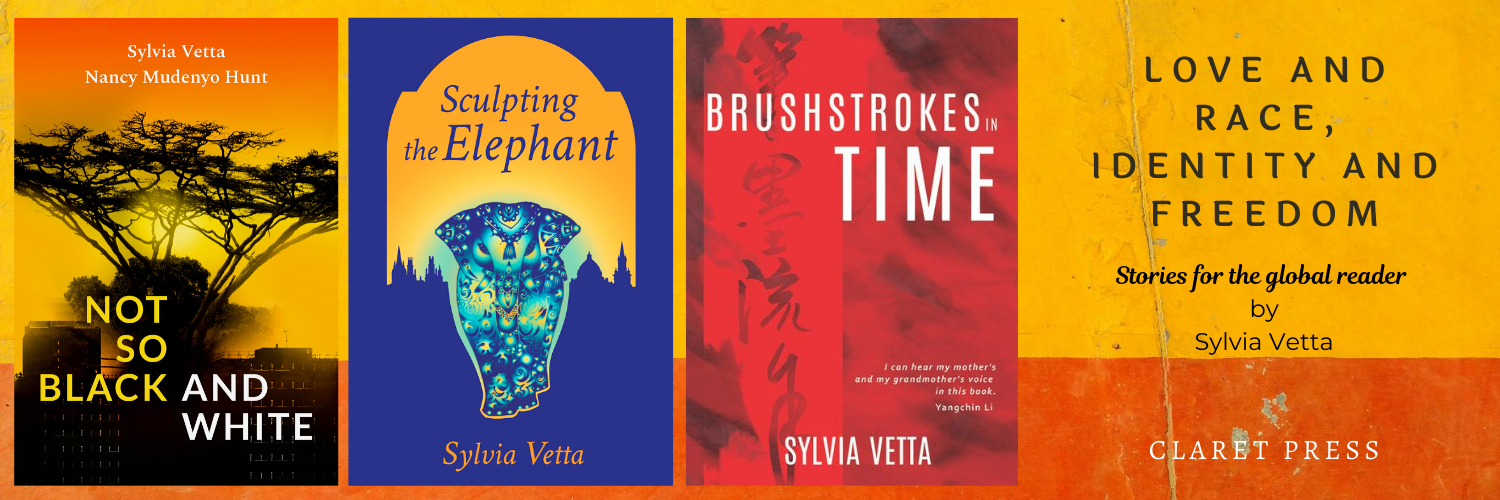https://madrascourier.com/opinion/writing-the-womans-life
The online Indian newspaper, The Madras Courier has published an essay by Lupamudra Banerjee. It is a powerful and deeply personal invocation of women writers who wanted to break the chains. The timing of this feature is inspired by the threats to Arundhati Roy.

Arundhati Roy is not the only woman writer to be persecuted. Throughout history, writers, artists and intellectuals—particularly women—who challenged authority, spoke truth to power and shed light on the abuse of human rights have been hounded, harassed, and murdered. Banerjee is at times a difficult read. She begins with a quote from Virginia Wolfe but Wolfe didn’t face death threats and imprisonment, as South Asian writers like Taslima Nasrin, Gowri Lankesh, and Kamala Das . Recent examples elsewhere include the Turkish writer Elif Shafak who was charged with the crime of ‘insulting Turkishness’.
I had begun to question my taste for writing about difficult subjects. Were those who said I should just write about ‘what you know’, meaning close to home, giving me good advice? I was writing about what I know -about the attempts to oppress free thought in this world and particularly to stop women getting the knowledge to live a full life. Not so Black and White is inspired by the life of my fellow author , Nancy Mudenyo Hunt, whose tribal chief father refused to pay for her education. Her mother Irene scrimped and saved selling vegetables, to make sure Nancy could attend school . Nancy has gone on to has transform Musanda, where she was born. When she opened an Education Day Centre and attributed it to her mother, the men raged that she should have named it after her father!
Thank you Lupamudra Banerjee for reminded me why I wanted to write about a Chinese artist with a deep desire for freedom of expression. I was inspired by the male and female artists of the Stars Art Movement who needed not only courage to face abuse, as pioneering artists in the West need, but physical courage, too. They needed the courage to possibly face arrest and imprisonment for daring to express themselves. I knew their story would be censored in China – meaning a Chinese writer could not tell it. Yet in the West some deny my right to tell their story because it is not ‘my’ story.
Banerjee’s feature is a reminder of why I wanted to write. We are living in a perilous world with fascism on the rise. Are writers everywhere going to need courage if we want to speak truth to power?

